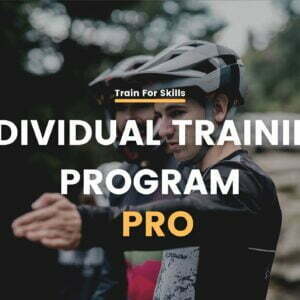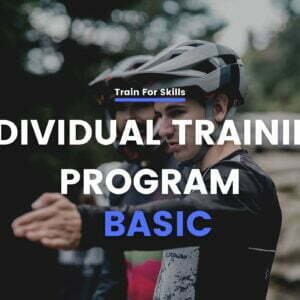“Oh no, again'” – I thought while already being in flight. Then hit the ground, a few flicks and you wonder what happened. Unfortunately, the condition of the body was not the same as it was 10 seconds ago. After a while the initial pain and checking to make sure nothing was broken. Sound familiar? That’s just the way our sport is. Most, if not every person has gone through this to a greater or lesser extent. Injury or series of injuries is an inherent part of it. Just how to deal with them?
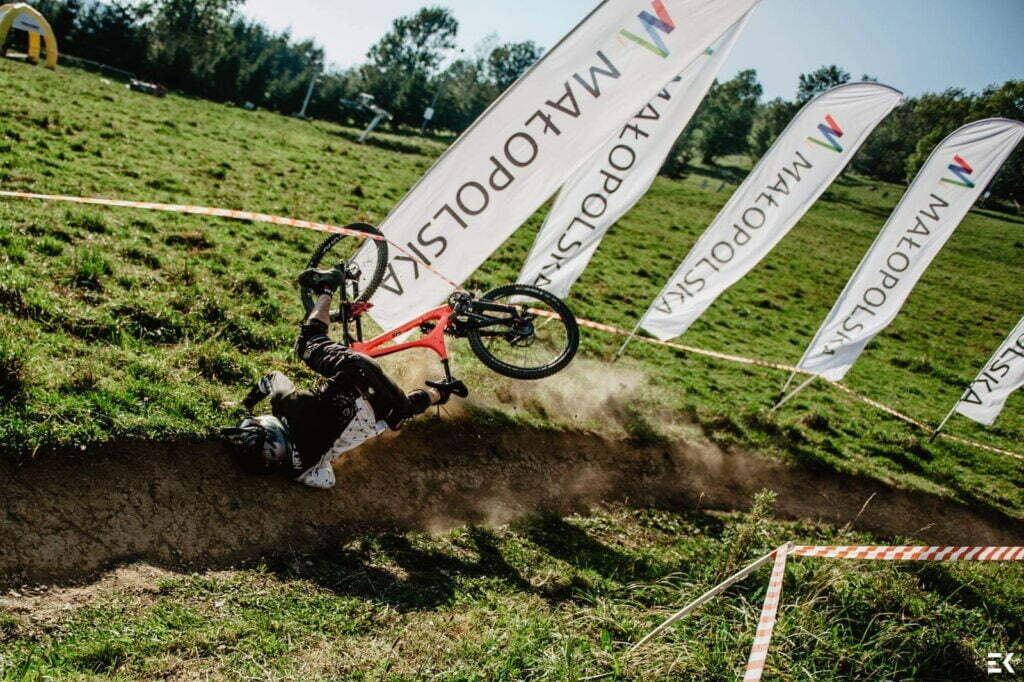
Injury or trauma?
Let us first distinguish between the two terms. As we can read in Polish PWN dictionary injury is a contusion of body or internal organs. An injury , on the other hand, is a factor that causes an injury, it is not even a damage to the body according to the definition. In everyday life we see these two terms used interchangeably, although in medicine they mean two completely different conditions.
So an injury in itself is a type of injury that causes partial or full damage to a body part. It makes it difficult for us to function every day or engage in physical activity. This is not just a fracture, rupture or x,y,z stretch but also a severe bruise or contusion. Does it matter? Basically no, but such a curiosity as a warm-up 😉
I got fired – what to do?
Let’s get down to specifics and the topic of the article. You get knocked out, you pick yourself up, and something hurts. At this point, it’s hard to determine exactly what. I think the thought comes to everyone at that time: to go to the hospital or not needed? In some situations it is quite clear. It is no coincidence that 2 lines above I wrote that you are rising. If it’s not, there’s a good chance it’s not a light crash, and you know it. Unfortunately, not all situations are clear-cut enough, and one must keep a sober mind.
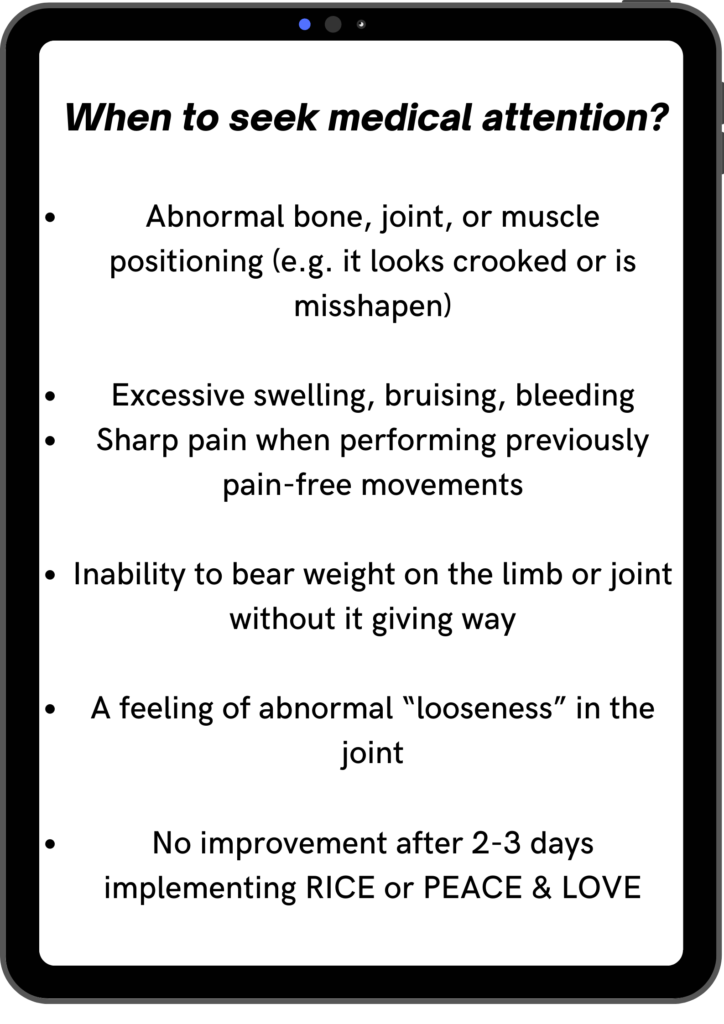
By checking the above points one by one, everyone is quickly able to decide whether medical assistance will be needed. Importantly – it is always a good idea to go for a follow-up visit to be 100% sure. But not everyone is the type of person who needs it. Remember that you are the best doctor for yourself and usually what you feel coincides with reality. If you feel something is wrong – definitely check it out. If you feel ok and ’embrace’ it yourself – below are two protocols. You will find information on. How to deal with the injury in the next few days/weeks after the accident.
The old method – RICE
Created in 1978. by Gabe Mirkin-is now considered an outdated method thanks to new research. It is based on 4 pillars – Rest, Ice, Compression, Elavatation
- Rest – rest and cessation of activity
- Ice packs to reduce pain and swelling
- Compression – wrapping/stiffening the injured area to reduce swelling and pain
- Elevation – the injured area should be above the level of our heart for reduction of excessive swelling and blood flow
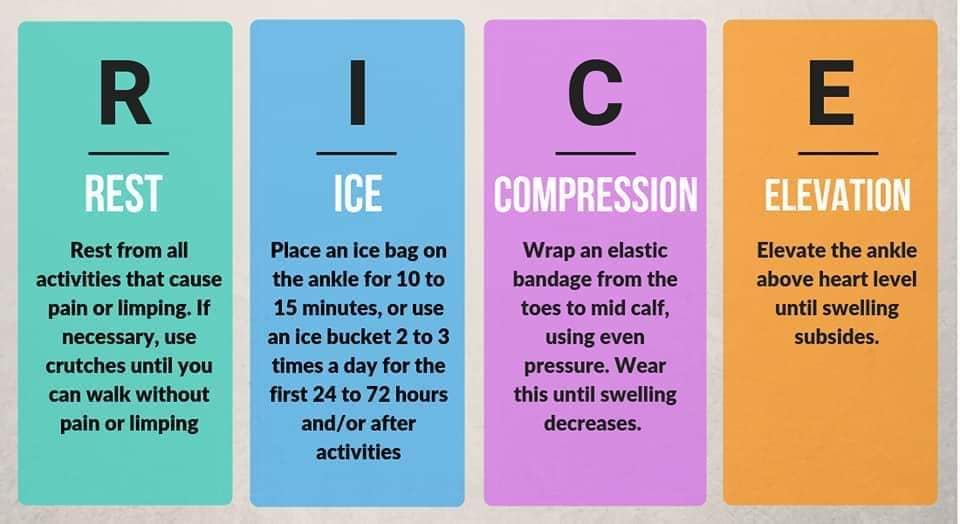
On the other hand, as I mentioned recent research contradicts this method in part. Movement aids recovery. Ice blocks the formation of inflammation. Inflammation, on the other hand, is needed for rapid tissue repair, for example. Immediately after an event, it causes blood vessels and capillaries to dilate, facilitating the transport of oxygen and nutrients. In addition, this condition mobilizes macrophages (a type of cell) that cleanse the tissue preventing infection. They release a hormone called IGF-1 which starts the healing process. Hence, anything that blocks inflammation can be considered unproductive.
As for compression, here we have no proven negative effect. But more than 20 studies have also failed to find positive aspects in terms of speeding up recovery time. Holding an injured limb, such as a leg or arm, temporarily has beneficial effects, especially immediately after an accident. But long-term is not practical. Would you keep your foot above heart level all day?
Modern protocol – PEACE and LOVE
This is a very new method published in 2020 in the British Journal of Sports Medicine (Blaise Dubois and co-authors). The name does not come by chance, and there is a deeper meaning behind it.
- P – Protection – for the first few days, limit movements that cause pain/stress to the injured area
- E – Elavation – 1-2 days after the accident, hold the limb (if you can) above the level of the heart to reduce swelling and blood flow
- A – Avoid – avoid ice and other substances that block inflammation for the first few days
- C – Compression – you can use elastic bands, wraps or tape to reduce swelling and to be able to continue movement without pain (but do not use joint stabilizers – stability should come from the muscles, not external equipment, the sooner you start to stabilize the joint gradually on your own, the better)
- E – Education – try to understand the process of recovery, healing, let the body do its job and at the same time avoid unnecessary medical interventions that may limit the healing process long term
&
- L – Load – use pain as a guide / scale to return to activity, you can feel when it is ok and when it is too early to load the joint / muscle
- A – Optimism – a positive attitude is key! It is very important that your psyche does not suffer from the injury you have suffered and the associated break from activity, there are many strategies and approaches to this, but this is too long a topic for today’s article….
- V – Vascularization – ‘keep the blood flowing’ or simply put, move as much as possible. Look for opportunities to move depending on the degree of temporary immobilization and be creative about it. If it’s nothing serious then sometimes finding a movement/exercise that we can be comfortable in is enough.
- E – Exercise – create a recovery plan for the following days/weeks (/months)
By following this protocol we can greatly improve our situation and help the body to repair itself. However, we must not forget the principle of nature, which tells us that sometimes it is good not to disturb the body (its nature) and let it rebuild itself.
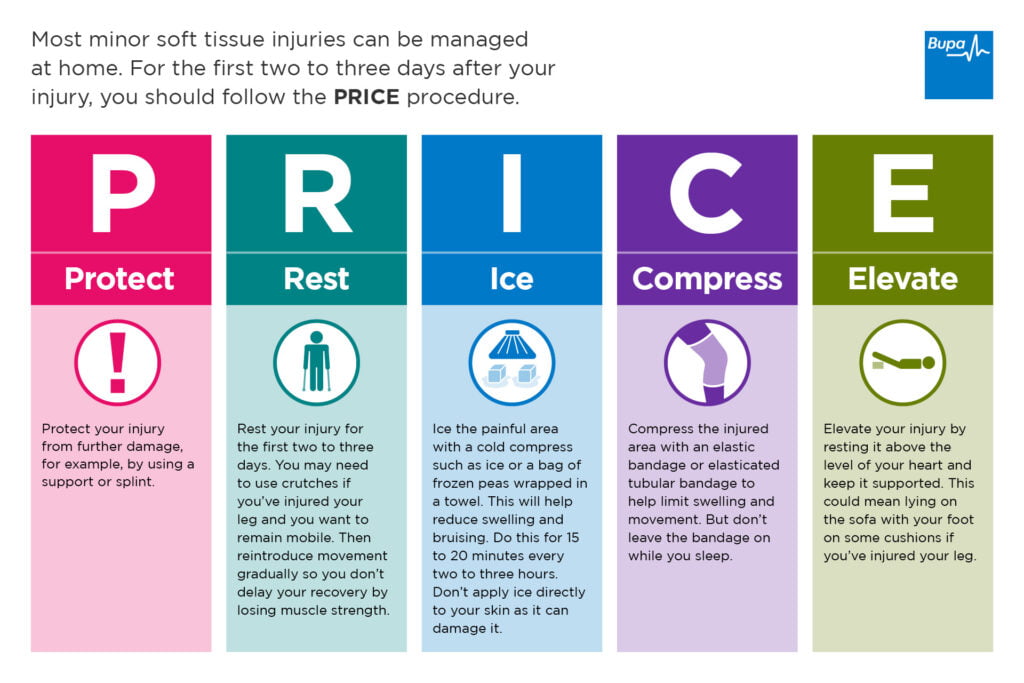
The most common types of injuries
During the initial recovery, after initially identifying what ails us, it’s time for the next step. What exactly is wrong with me? Generally, we can separate injury in many ways. Fractured bones, for example, belong to mechanical injuries, which we can separate into several more variants (open, with displacement, …). Among the most common injuries and also the least damaging long-term are soft tissue injuries.
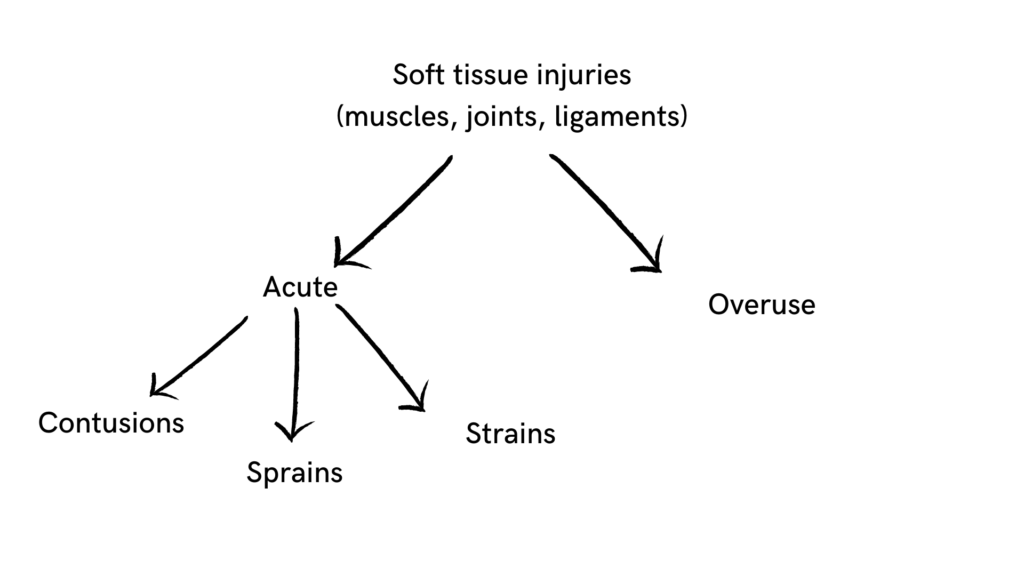
In our sports, the vast majority of injuries are caused by sudden/acute damage. But according to statistics ~50% of sports injuries are actually overload injuries, and in the general population even more! As cyclists, we are less likely to experience overload damage such as arthritis or capsulitis. Such injuries occur, among others, due to: multiple repetition of a given movement, too much load on a given joint, unprepared body for exertion or a bad, long-lasting position (behind a desk or performing some activity). We can reduce such injuries by, among other things: Properly programmed training, systematic attention to recovery, monitoring training loads and overall life stress, improving bad exercise habits or bad positions.
Acute / “impact” injury
Acute injuries are the ones we deal with most often and are often significantly inconvenient especially for players. Most common are bruises, sprains or strains. Such an injury (one of the three listed) many times does not require specialized care. All you need is a basic knowledge of how to deal with it.
- Sprain – dislocation – that is, over stretching or tearing of a ligament (the tissue that connects bone to bone, in simple terms). It usually affects the ankle, wrists or elbows. We have 3 degrees of sprain: 1 – overextension (overstretching); 2 – partial rupture (instability, feeling loose); 3 – complete rupture (pain, instability, inability to load the joint). In every 1-3 degrees there is pain, swelling and bruising, the key to recognizing the degree is the amount of stability you have in the joint. Overstreching does not require medical care, but other cases do
- Strain – overuse – involves muscles and tendons. MRI (magnetic resonance imaging) can help assess the extent of the damage. Generally, a dull ache or stabbing pain indicates a partial rupture. And sharp pain a complete rupture that requires medical attention. It’s important to assess your condition well and not have a complete rupture of a tendon that was only torn! It is possible to recover from this type of injury with a good return plan in a few weeks (depending on the severity of the rupture even faster)
- Bruises/Contusions – bruises/contusions – are caused by a direct hit from, for example, your buttock against a sharp stone. Muscle fibers and connective tissue are damaged, often without affecting the skin (i.e., bleeding under the skin). A purple bruise occurs in all three of the above cases hence the key is to recognize how it happened, where it hurts and the level of stability/pain.
Head injuries
This is a less frequently mentioned point in most publications on the subject. athletes. But as we know in our sport the head is heavily impacted. And it’s not just mechanical damage, but primarily brain injuries that can have significant far-reaching consequences. Recently you could see some of the top names from the downhill scene – Finn Iles, Myriam Nicole and Tahnee Seagrave leaving races due to ongoing post-stroke symptoms. Although statistics state that the risk of such injuries is low, still many “riders” are uneducated about this issue. And this is where security improvements come in.
The 2019 Enduro World Series (more specifically through Edinburgh Napier University) released a report based on data from the 2018 and 2017 seasons on mountain biking injuries. You can read the report here -> EWS MEDICAL STUDY. In later activities, this led to the creation of a guide/guide on. Head injuries for racers and race officials – how to handle such cases during a race or any random ride.
Any injury is not pleasant. But as you can see – proper knowledge and preparation can make the return after a capsize faster than we might think!
Use code “START” and receive a 10% discount on your first month in the TFS Enduro, TFS Downhill or TFS XC/Marathon program
References:
- https://www.webmd.com/first-aid/rice-method-injuries
- https://saltwrap.com/blog/how-to-injury-recovery/
- https://www.pinkbike.com/news/6-key-facts-from-the-ews-health-study.html
- Blueprint: Build a Bulletproof Body for Extreme Adventure in 365 Days, R. Edgley, 2021

